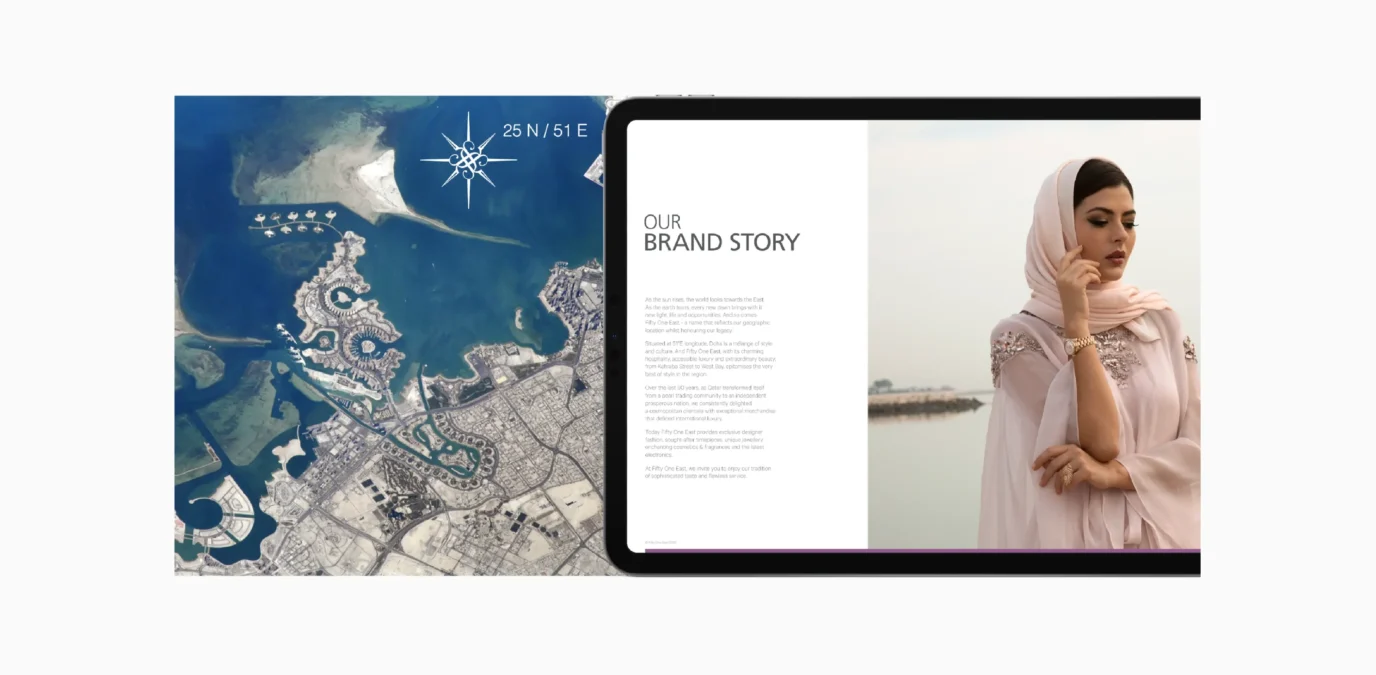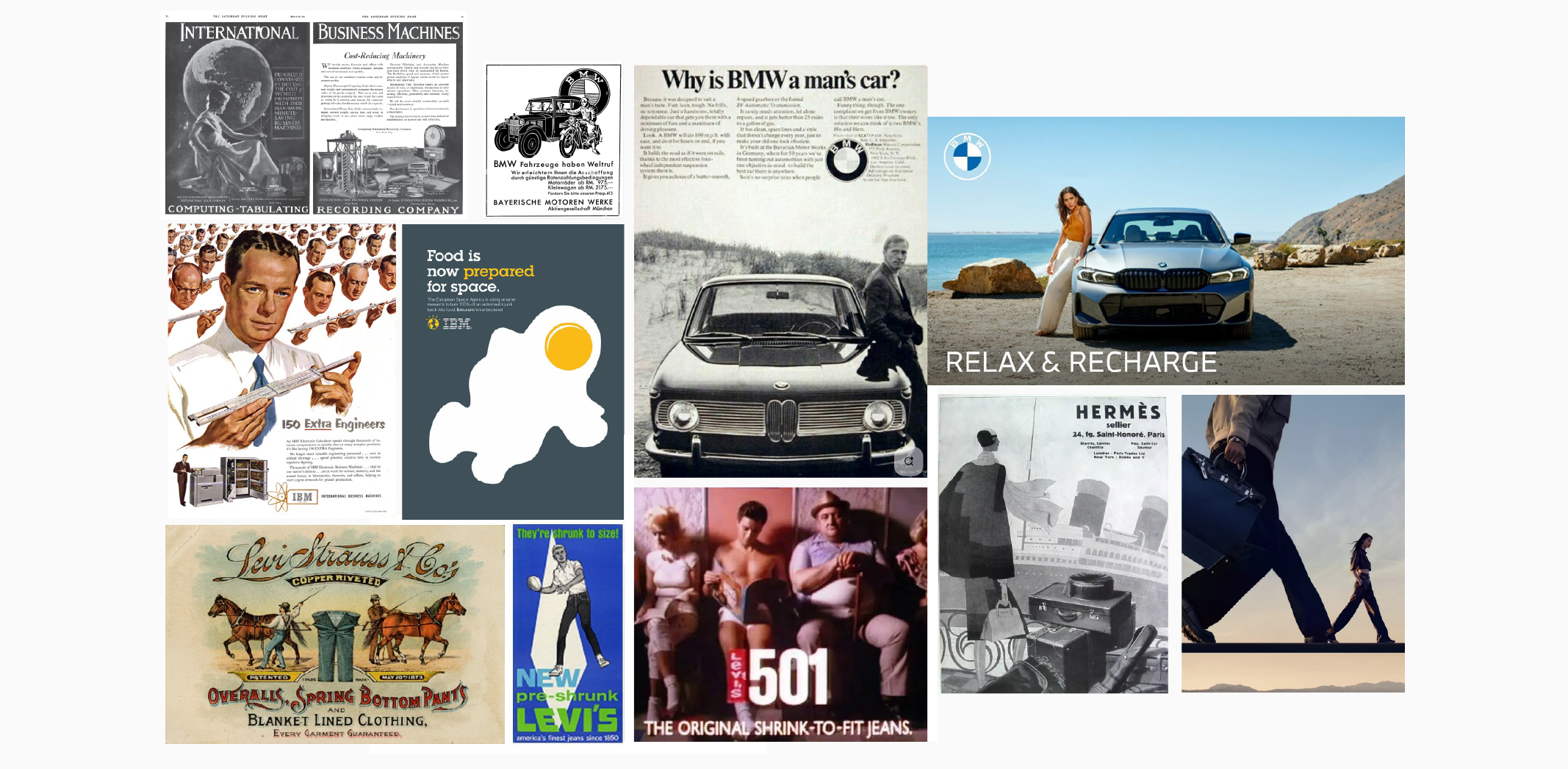There is a profound and enduring beauty in brand legacy. It’s not merely the accumulation of years, but the distillation of purpose, clarity, and meaning.
In a world where brands can emerge from anywhere—unbound by physical constraints and accelerated by the immediacy of technology—the temptation is to focus on the trend, the next, the now. Amid it all, legacy is substance. It is the quiet confidence that comes from consistency; from executing a brand well, again and again. It is the trust earned over time, and an assurance that what you create is not arbitrary but considered.
Brands with legacy connect in ways that transcend the transactional. They offer a sense of belonging, of continuity, of care.
In this paper, we discuss how brands can successfully build on their legacies to shape their futures.
Great brands aren’t infinitely adaptable. They aren’t defined by the whims of the moment. They don’t chase fleeting desires or jump on trends. Instead, they are guided by a clear sense of purpose and enduring values. They evolve — not with nostalgia, but with integrity.
When you build on legacy, you do not discard your history. You refine it. You clarify it. You make it newly relevant, without losing its essence.
To do this, you must begin with empathy. You must listen carefully and quietly to what people expect and need. Only by understanding these expectations can you design experiences that are not only relevant, but also respectful of what came before. This foundation of empathy ensures that change is meaningful; not just new for novelty’s sake but grounded in real human insight.
The most resonant brands are those that have the confidence to experiment and move forward, but always with a sense of coherence. They are bold not because they abandon their past, but because they understand it so well that they can reimagine it for the future. Tech brands, in particular, thrive on continuity and credibility. Their past innovations create a halo of trust that allows them to lead in new domains, whether that’s AI, cloud computing, or entertainment, while newer entrants must work far harder to earn that same trust.
Remember, true innovation is grounded in an honest appraisal of who you are and why you exist. One example of this approach in action is Fifty One East, a brand we helped transform. By returning to the core of what made them meaningful — their connection to Qatar’s identity, geography, and people — we were able to design a brand that felt both authentic and vital. Their roots remained intact, but the expression became newly compelling.

Ultimately, legacy is not a constraint. It is a framework for creativity: a set of values and associations that, when understood and respected, can inspire extraordinary new ideas. It is the bridge between what has been and what could be.
If you are a brand with a legacy, honour it. Let it guide you, but do not let it confine you. If you are a new brand, build carefully. Craft with intention. Understand that every decision, every detail, is an investment in the legacy you will one day possess.
If you wish to explore how your brand’s legacy can be distilled, clarified, and evolved, our team at James Brand Consultancy would be delighted to help.
